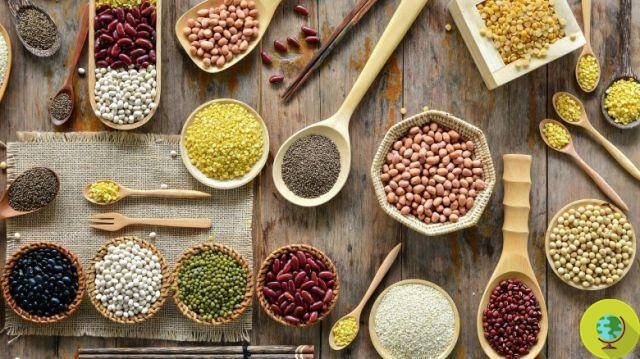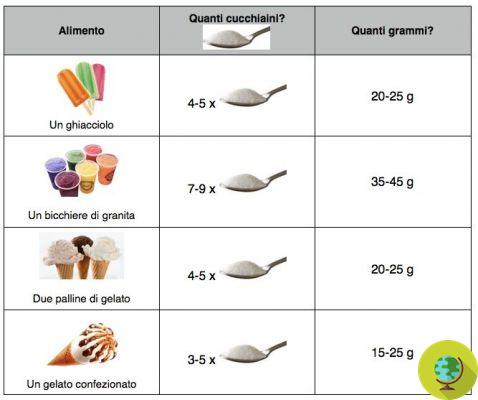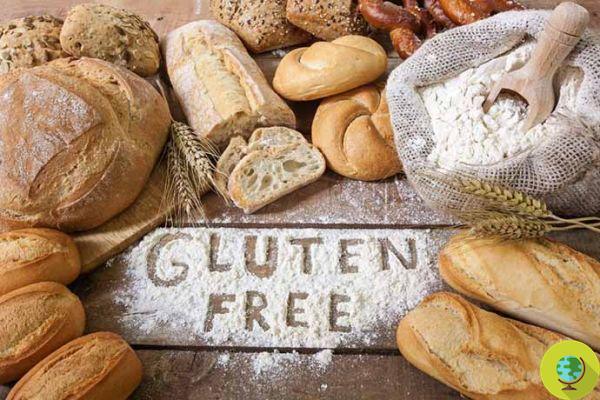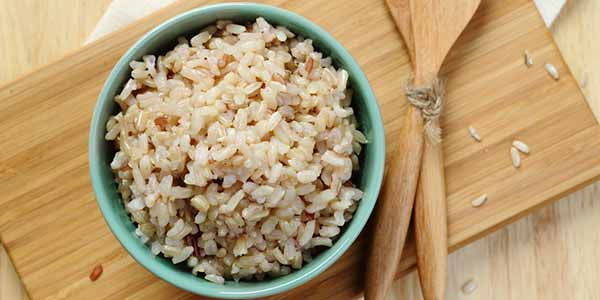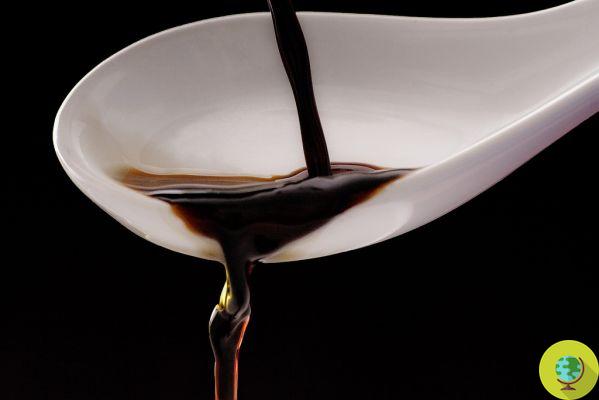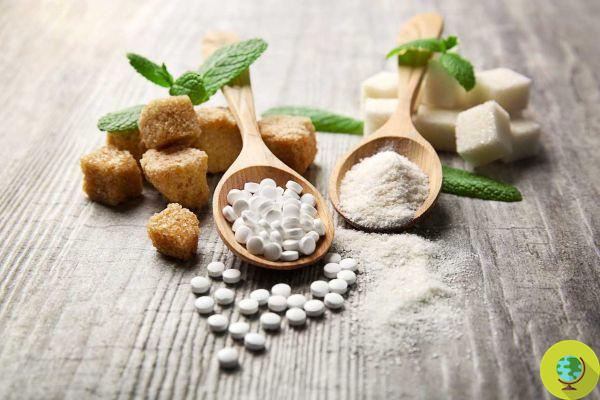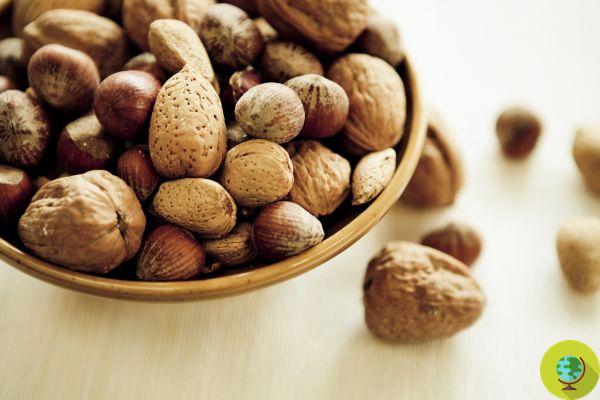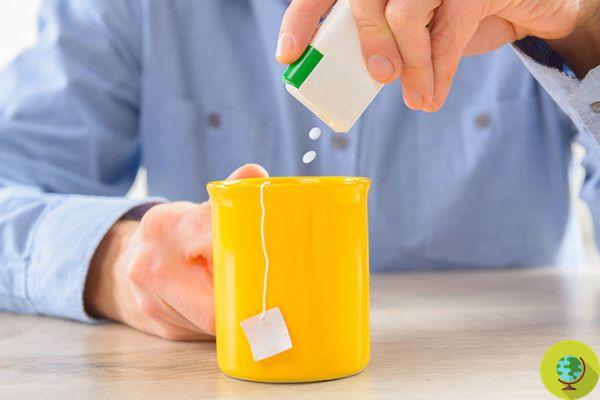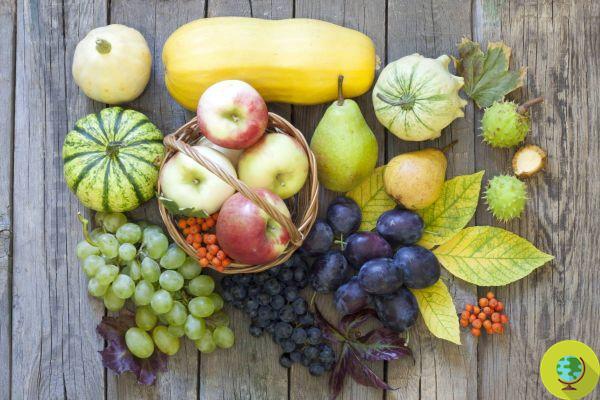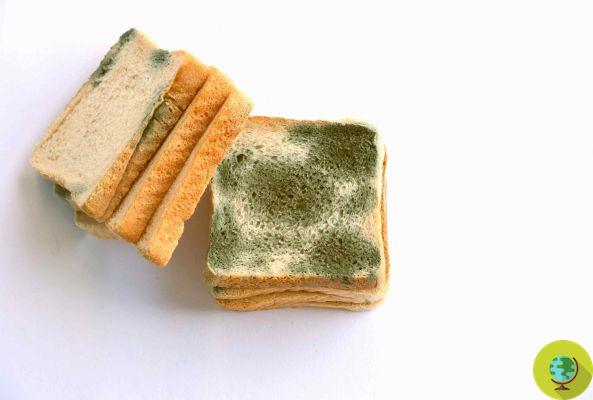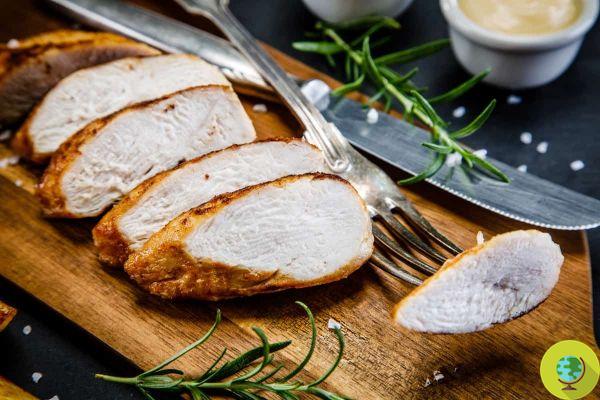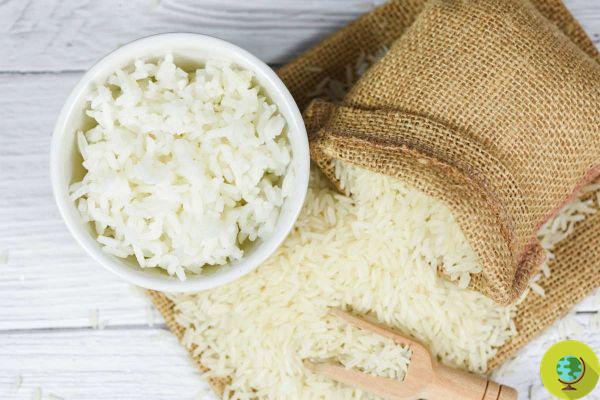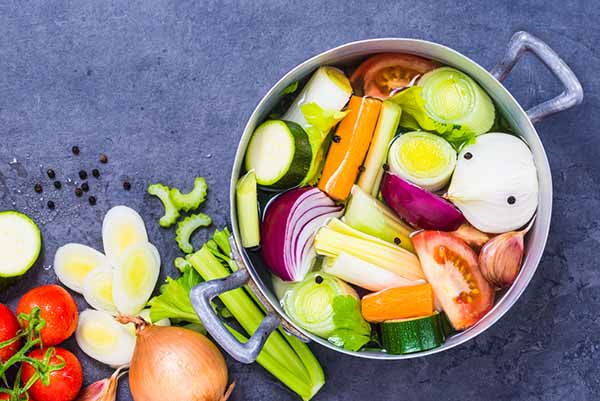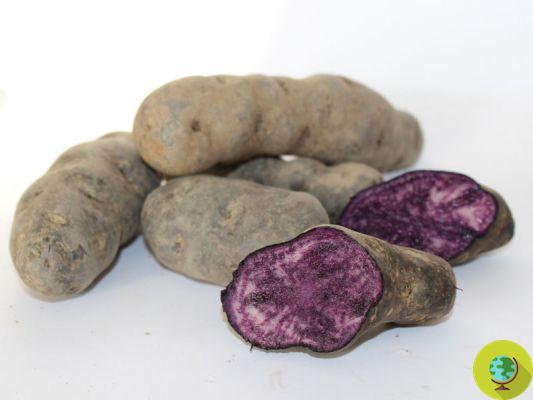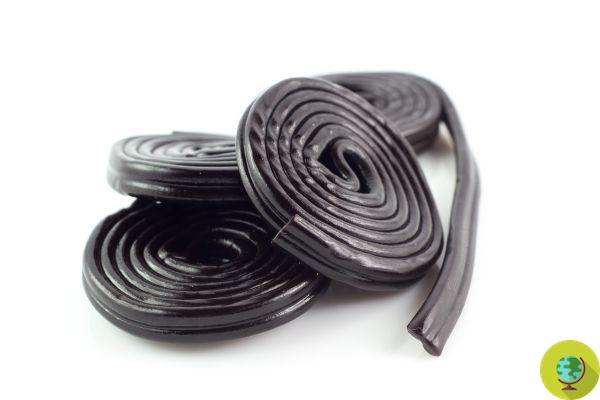Unfortunately, we know that rice is the most contaminated cereal with arsenic, a toxic substance found in soil and water. However, there is a trick to remove most of the arsenic contained in rice.
Don't store avocado like this: it's dangerousUnfortunately we know that the rice is the most contaminated cerealarsenic, a toxic substance found in soil and water. However, there is a trick to remove most of the arsenic contained in rice.
It is not new that the rice we commonly use is partly toxic due to arsenic, an element naturally present in earth and water but whose increase, in its most dangerous inorganic form, is linked to the use of pesticides and water pollution. Recall that arsenic has been classified as a carcinogen and is associated with the appearance of very serious health problems.
Since arsenic is found in soil and water, small amounts can get into food. However, these levels are generally very low and do not cause significant concern. The situation is different for rice for which there is even talk of a quantity of arsenic from 10 to 20 times greater than that which can be found in other cereals.
The fact that rice has higher levels of inorganic arsenic than other foods is due, in particular, to the plantations of this cereal that require large quantities of water (which obviously rice absorbs in order to grow at its best).
Professor Andy Meharg of Queen's University (Belfast), an expert on rice and rice-based products, in a BBC broadcast revealed in which types of rice and derivatives the amount of arsenic is lower or higher:
- Basmati rice contains lower levels of arsenic than other types of rice
- Whole grain rice usually contains more arsenic than white rice (due to the fact that the outside of the grain is also present)
- Organic rice makes no difference in levels
- Rice cakes and crackers may contain higher levels of arsenic than those in cooked rice
- The levels of arsenic present in rice milk far exceed the levels that would be allowed in drinking water
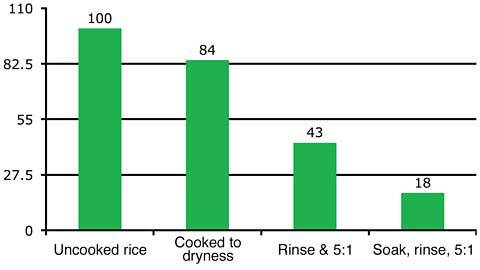 Photo: with the BBC
Photo: with the BBC
To make sure that the arsenic levels in the rice are strongly lowered, some tricks must be used before and after cooking. It is Professor Meharg himself who suggests a method that derives from a series of experiments aimed at minimizing the presence of this toxic substance.
Index
How to get the most of arsenic out of rice
The first fundamental rule is to cook the rice in much more water than it would need, thus avoiding that the cereal, during cooking, absorbs it until the end.
Another fundamental thing is to soak the rice to make sure that the arsenic present in the cereal is transferred into the water.
Whenever you have to prepare rice, therefore, take care of:
- Soak it in plenty of water for a whole night, then drain it and rinse it thoroughly with fresh water
- For each part of rice add 5 parts of water and cook until the rice is tender.
- Drain the rice and rinse it again with hot water to remove even the last traces of the cooking water left.
According to the experiments, in fact, using the ratio 1 to 5 between rice and water, only 43% of the arsenic remains in the cereal grains. Then, when you first soak overnight, only 18% of the initial arsenic is contained in the rice.
What amount of rice is considered safe?
This is undoubtedly a difficult question because there are only indicative calculations such as those made by Professor Meharg. The expert considered rice that contains arsenic levels equivalent to the limits imposed by the EU.
The calculation obviously does not take into account the fact that additional arsenic could enter our bodies from other sources of food and drink.
A daily intake of the following amounts of rice is classified as low risk:
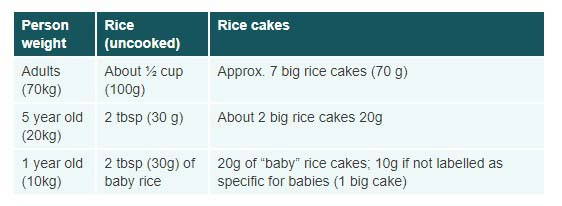
Photo: with the BBC
The opinion of EFSA and FDA
The European Food Safety Authority (EFSA) has considered the problem of inorganic arsenic in food and drinking water several times and has indicated a limit value considered safe. This is an inorganic arsenic intake of 0,3-8 micrograms per pound of body weight per day. Obviously a bit difficult to establish how much we consume per day since it is not present only in rice.
In the United States, on the other hand, the Food and Drug Administrator (Fda) has set a limit of 100 parts per billion (ppb) of inorganic arsenic in rice-based baby products. This level, which is based on the FDA's assessment of a large body of scientific information, seeks to reduce childhood exposure to this dangerous substance.
Professor Meharg believes more needs to be done to protect those who eat high amounts of rice and children, as there is evidence linking childhood arsenic exposure to developmental problems.
Furthermore, while there are stricter controls in rice-based products aimed specifically at children, there is the problem that some foods and beverages, even consumed by the youngest, are not classified as "intended for children" and therefore contain levels of arsenic as adults. An example for all, rice milk. The Food Standards Agency recommends drinking this plant-based drink from 5 years of age.
Read also:
- ARSENIC IN RICE: SHOULD YOU WORRY?
- ARSENIC ALARM IN THE URINE OF CHILDREN WHO FREQUENTLY EAT RICE
- USA: THAT ARSENIC RICE




